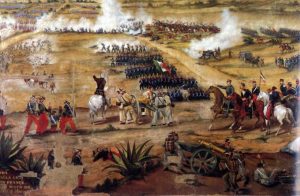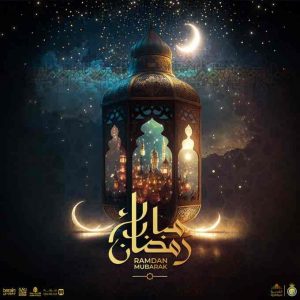As the world sets to resume normalcy
after a pandemic crippled year, Lohri, the Indian festival of Harvest, will also mark a ray of hope and new beginnings as the countries initiate inoculation against the virus.
Lohri is observed just a night before Makar
Sankranti, and marks the end of winter solstice and beginning of longer days.
It is a traditional way to celebrate Sun’s journey to the northern hemisphere
by Sikhs and Hindus in Punjab, Haryana and some other parts of Northern India.
Lohri: Customs and Traditions
Several rituals
and traditions are associated with the festival of Lohri, which includes children
and the girls going door to door in the neighborhood to ask for
Lohri articles like sweets, jaggery, wheat seeds, and cow dung cakes. They do so
by singing traditional songs and verses to please the donor to give the
items in decent quantity.
In some parts, people also fly multi-coloured kites named ‘Tukkal’, ‘Pari’ and ‘Chhaj’
which comes in different sizes and shapes.
Later in the evening,
people assemble in an open space and light a bonfire with the items
collected like the cow dung cakes, logs, wood and sugar cane.
Since this festival is a way to express gratitude towards the sun god, the mother earth, the fields and the fire, offerings are presented to the fire with the chants of various verses and songs in the name of demigods.
All the items earlier
collected from people like popcorn, maize seeds, jaggery, rewari, gajak,
peanuts and sesame seeds are offered to the auspicious fire as offering to show sacrifice and
then the Prasad is distributed
among all.
People then take
rounds encircling the fire and pray to God of harvest for the prosperity,
health and good crop the other year.
To mark the
after celebrations, people assemble at each other’s house in groups and perform the traditional folk dances like ‘Bhangra’ and ‘Gidda’ and celebrate
the emergence of a prosperous crop.







